
In an era where space is no longer the final frontier but a contested warfighting domain, the U.S. Space Force is solidifying its foothold by strategizing to ensure unfettered access to satellite capabilities during times of conflict.
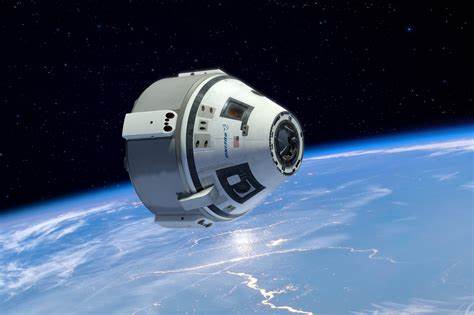
The recent move to establish a Commercial Augmentation Space Reserve (CASR) is a testament to the growing recognition of the strategic importance of space, not only for national security but also for economic prosperity.

Late in 2022, an unexpected turn by SpaceX CEO Elon Musk threw a spotlight on the vulnerability of relying on commercial satellite services during military operations.
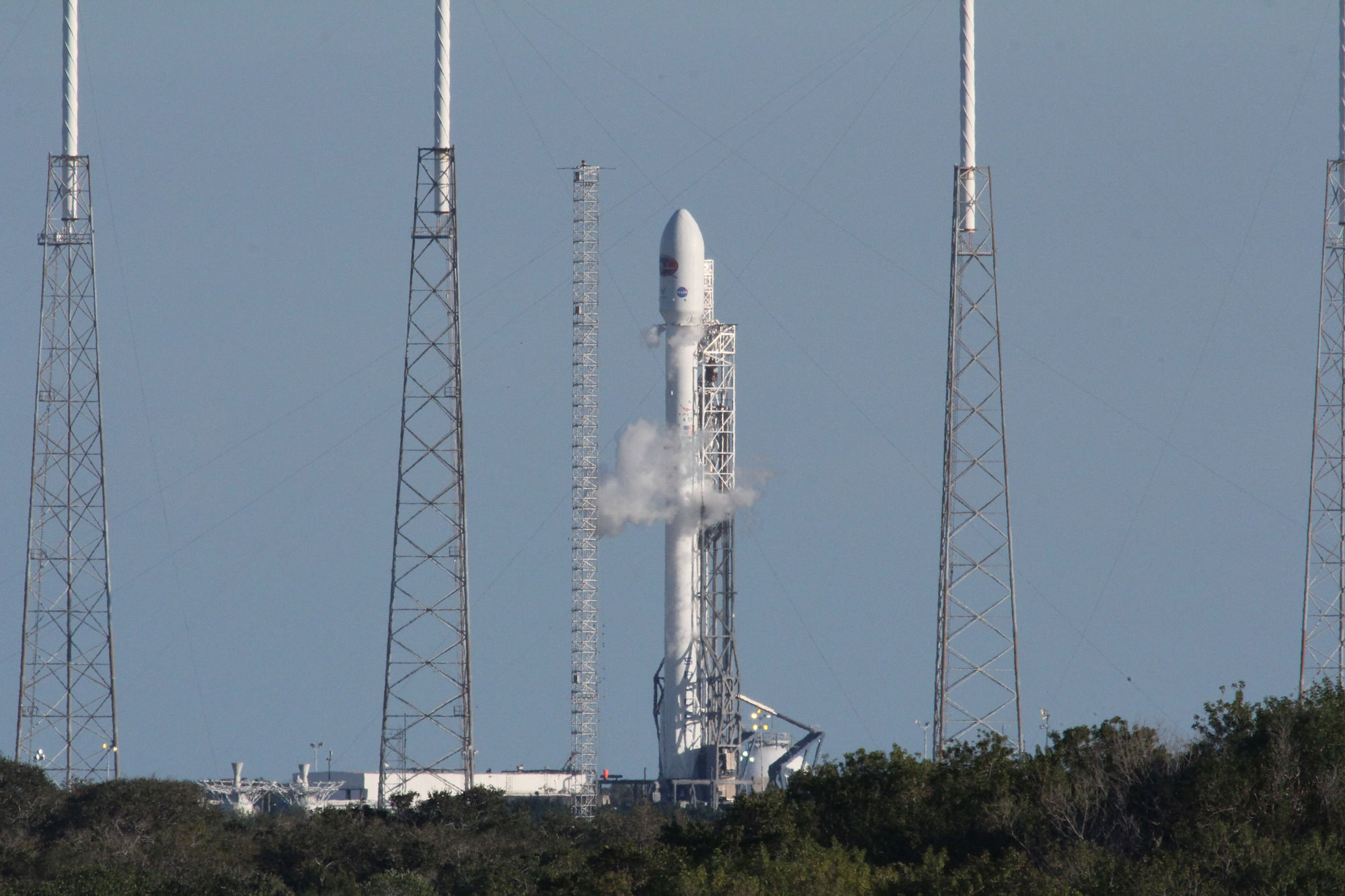
Musk’s decision to restrict the use of Starlink satellites hampered a planned Ukrainian strike on Russian forces, highlighting the Pentagon’s dependence on commercial entities for critical space-based capabilities. To mitigate future risks and ensure seamless support, the Space Force’s Commercial Space Office, under the direction of Col. Richard Kniseley, has been proactive in developing the CASR program.

Drawing parallels with the long-standing Civil Reserve Air Fleet (CRAF), CASR is designed to operationalize commercial space systems during peacetime and escalate their use through a spectrum of conflict. Under this innovative initiative, commercial vendors will voluntarily sign contracts to prioritize their satellite services for the Pentagon in times of crisis, while being compensated and potentially protected through clearly defined clauses.

Col. Kniseley outlined the program’s purpose: “The goal of CASR is to have a contractual framework that provides a level amount of peacetime capabilities in order for us to integrate, operate, and utilize these commercial capabilities and get our operators comfortable with them, but through the contract, we will have surge and scale of those capabilities, pre-priced across the spectrum of conflict.”

The CASR strategy’s blueprint encompasses a three-tiered approach: Level One for peacetime operations, Level Two for regional conflicts or major crises, and Level Three for wartime scenarios where companies must prioritize government needs. Ensuring that the contractual obligations are immune to the whims of CEOs, Chief of Space Operations Gen. Chance Saltzman clarified, “We write contracts with SpaceX, not Elon Musk.”
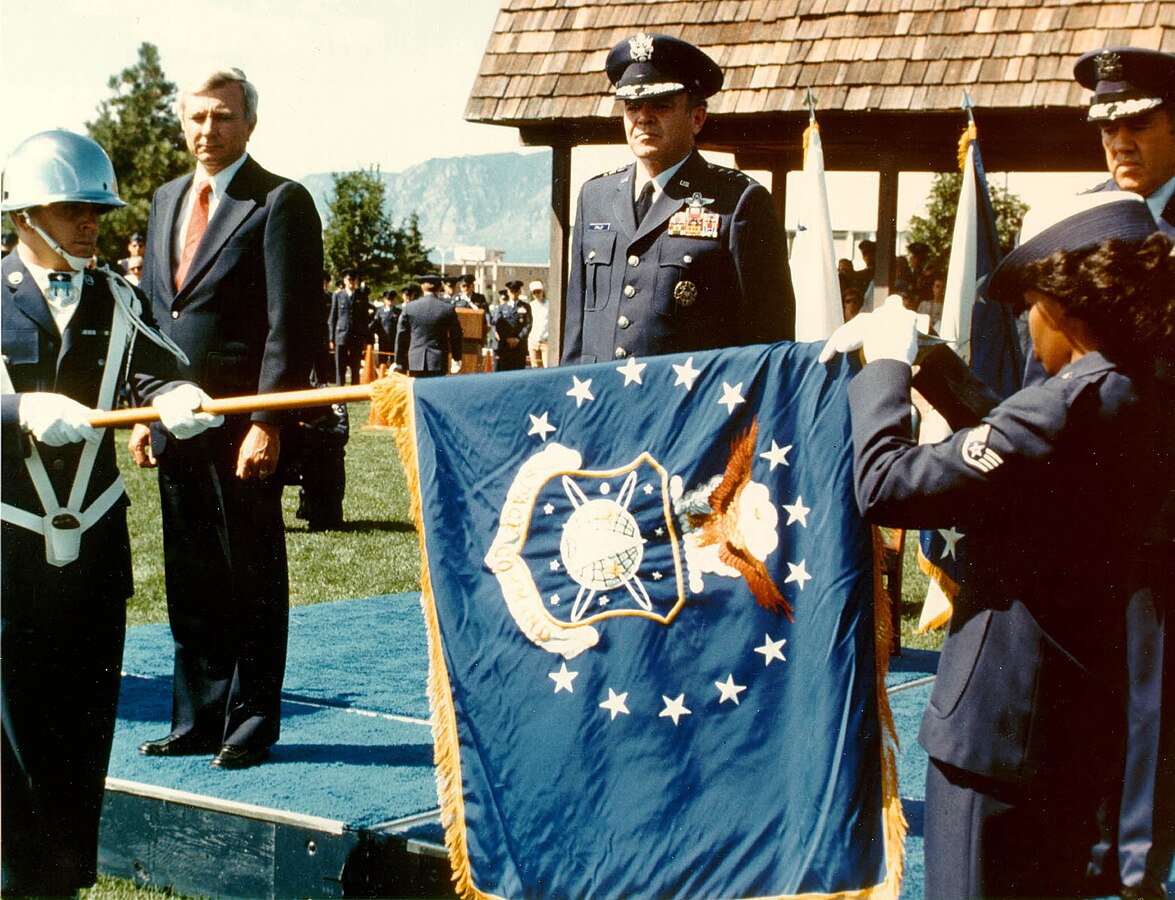
While initially targeting space domain awareness and satellite communications, CASR will not immediately focus on acquiring commercial intelligence, surveillance, and reconnaissance (ISR). Instead, it seeks to purchase analytics over imagery, working closely with intelligence partners like the National Reconnaissance Office and the National Geospatial-Intelligence Agency. This approach underscores a thoughtful integration of commercial prowess with military intelligence requirements.

The Space Force’s deliberate effort to harness commercial capabilities is also preparing for how financial compensation and wartime insurance policies would be handled if a vendor’s system sustains damage during conflict. Although companies might not be indemnified in the traditional sense, the Pentagon recognizes the importance of a robust model for financial protection.

The establishment of the Space Force itself, born out of the National Defense Authorization Act on December 20, 2019, underlines the United States’ commitment to maintaining and enhancing its space superiority. With this youngest branch of the armed forces, the country consolidates its space operations, centralizing satellite acquisition and workforce, and intensifying investments that bolster the effectiveness of terrestrial military operations.
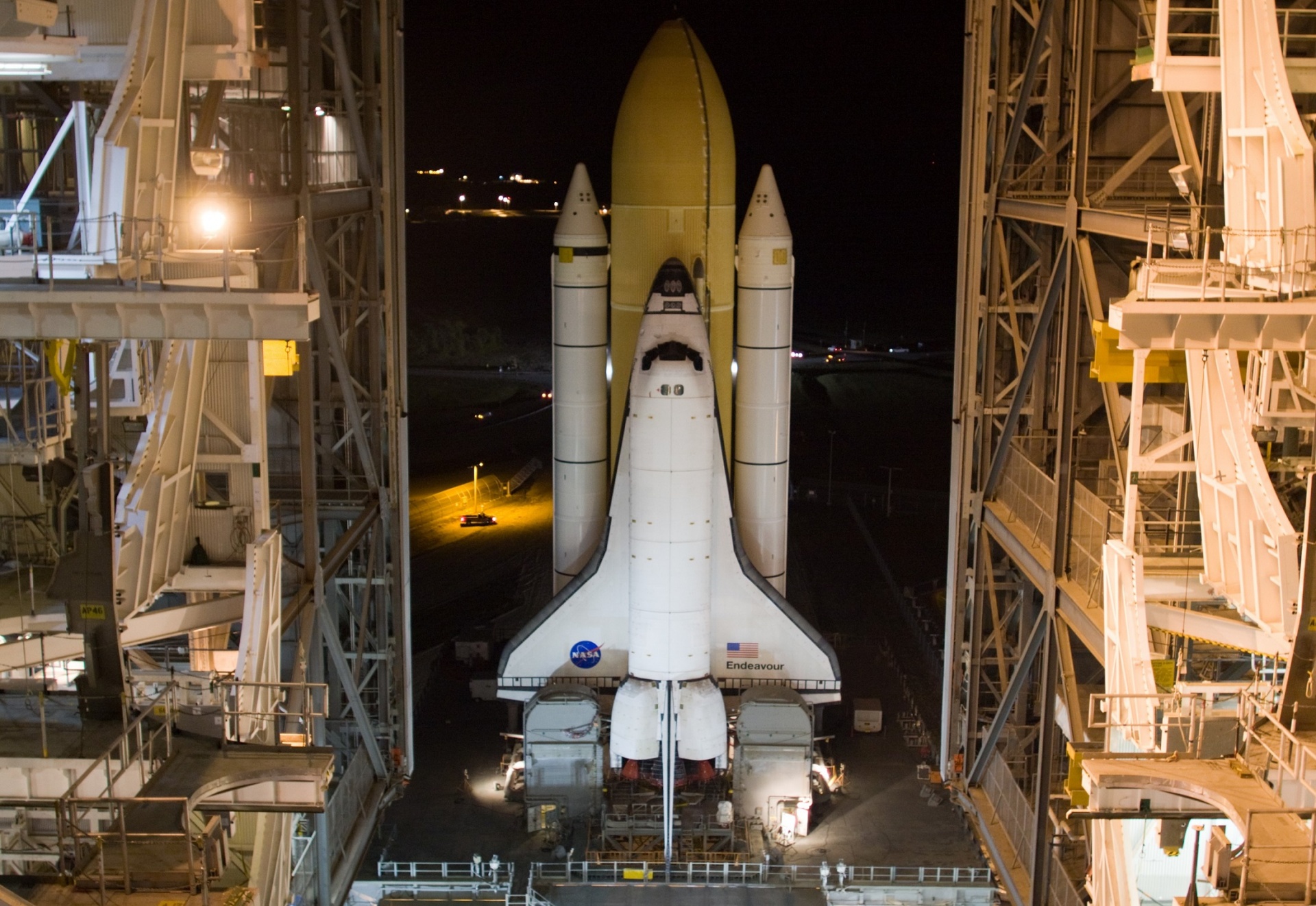
As the CASR program forges ahead with industry incentives and surveillance plans to ensure compliance with cybersecurity requirements, it symbolizes a strategic adaptation to the evolving space landscape. The growing partnership between the military and private space companies not only fosters innovation and efficiency but also prepares the nation to defend its interests in the ultimate high ground – space.
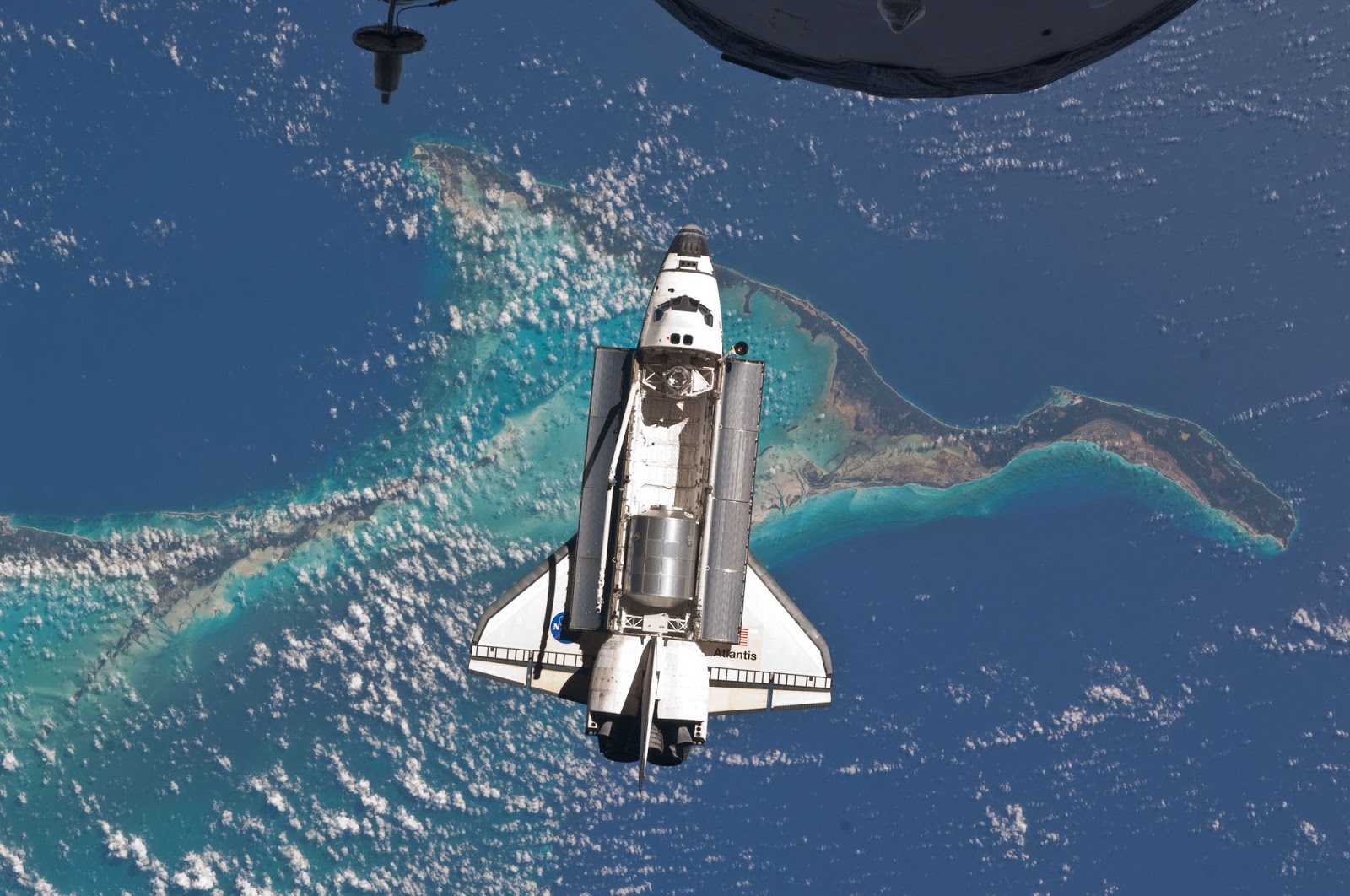
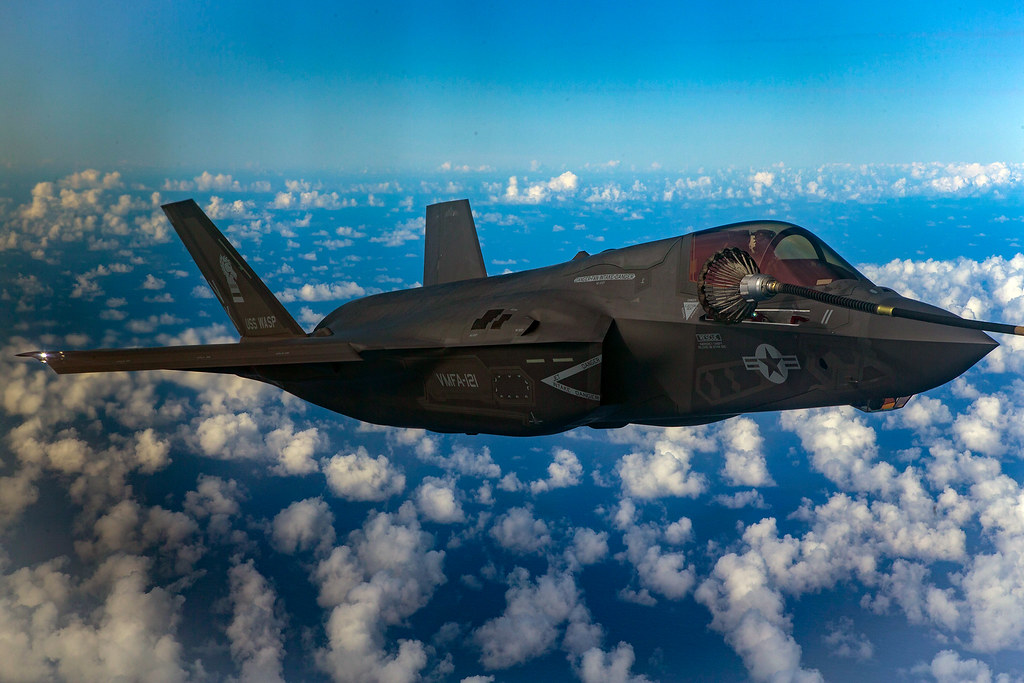


Relevant articles:
– How the Space Force plans to surge a commercial fleet during wartime, Defense One
– About Space Force, spaceforce.mil
– Space Force finalizes plan for commercial surge capacity during crisis, C4ISRNet
– Space Force may seek commercial fleet to augment wartime needs, C4ISRNet
